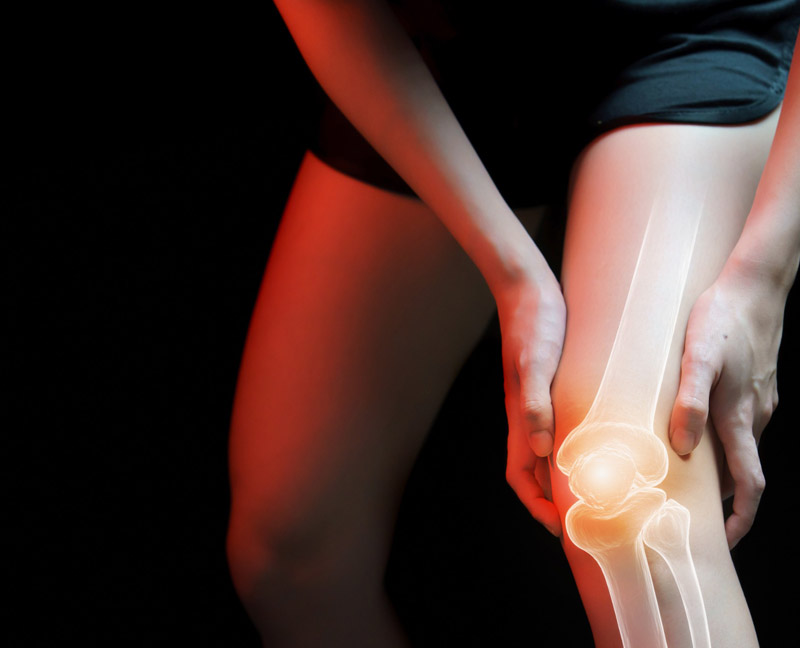Case Journeys
Exploring intriguing stories and insights from around the world.
Knee-jerk Reactions: What Your Joints are Trying to Tell You
Discover the surprising signals your joints send! Unlock the secrets of knee-jerk reactions and learn how to improve your joint health today!
Understanding Knee-Jerk Reflexes: The Science Behind Your Joint Reactions
Knee-jerk reflexes, also known as patellar reflexes, are an essential part of our body's neuromuscular system, providing a rapid response to stimuli that can help protect us from injury. When you tap the patellar tendon located just below the kneecap, it creates a sudden stretch in the quadriceps muscle. This stretch is detected by sensory neurons, which send a signal to the spinal cord. Within the spinal cord, these signals are transmitted to motor neurons that lead back to the quadriceps, resulting in an involuntary contraction. This process, known as the reflex arc, illustrates the fascinating connection between our nervous system and muscle responses.
The significance of understanding knee-jerk reflexes extends beyond mere biology; it has practical implications in medical diagnostics. For instance, doctors often test this reflex during routine examinations to assess the health of the nervous system. A diminished or exaggerated reflex can indicate underlying conditions affecting the brain, spinal cord, or peripheral nerves. Additionally, these reflexes help maintain posture and coordination by allowing for quicker responses to unexpected events, demonstrating the remarkable adaptability of the human body. In essence, knee-jerk reflexes are a prime example of how our bodies are wired for survival and swift action.

Top 5 Common Knee-Jerk Reactions and What They Mean for Your Health
Knee-jerk reactions, or reflex movements, are automatic responses that occur without conscious thought. They can often tell us a lot about our health and well-being. For instance, the patellar reflex, commonly tested by doctors, involves tapping the knee and observing how quickly it responds. This reaction can indicate the proper functioning of the nervous system. However, not all knee-jerk reactions are physical; emotional and psychological responses also serve as insightful indicators of our health. Understanding these reactions can help us manage stress and improve our overall well-being.
Here are the top 5 common knee-jerk reactions and what they can signify for your health:
- Flinching at Sudden Noises: This indicates heightened levels of anxiety or stress.
- Jumping When Surprised: A sign of an overactive nervous system.
- Quick Withdraw from Pain: An essential protective reflex showing your body's instinct to protect.
- Tensing Muscles: Often linked to chronic stress or anxiety.
- Sighing: A physiological response that can indicate fatigue or emotional release.
Recognizing these reactions can provide valuable insights into your physical and mental health, enabling you to make informed decisions about your lifestyle and wellness.
Are Your Joints Trying to Send You a Message? Exploring the Connection Between Movement and Pain
Our joints are incredibly resilient structures, but they can also be quite vocal when something isn't right. When you experience pain or discomfort in your joints, it's often a signal that your body is trying to communicate an underlying issue. Movement plays a crucial role in joint health; lack of it can lead to stiffness and degeneration. It's essential to recognize the difference between normal discomfort from exertion and pain that persists, as this can help us stay proactive in maintaining our mobility.
Understanding the connection between movement and pain can empower you to take charge of your joint health. Incorporating a variety of low-impact exercises, such as swimming or cycling, can strengthen the muscles surrounding your joints while minimizing strain. Additionally, regular stretching can enhance flexibility and prevent injuries. Remember, listening to your body is key; often, joint pain is merely a symptom of insufficient movement or improper technique, relaying a crucial message to change your routine.